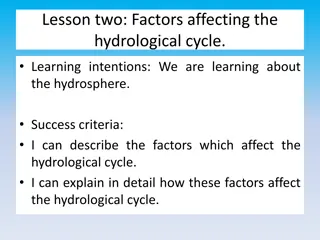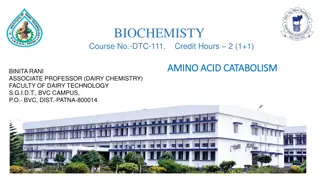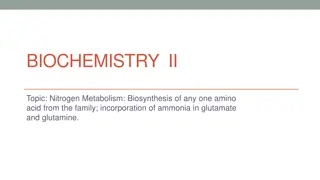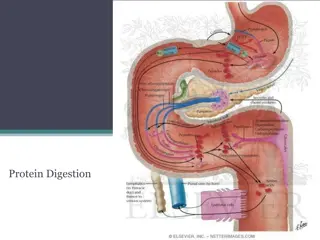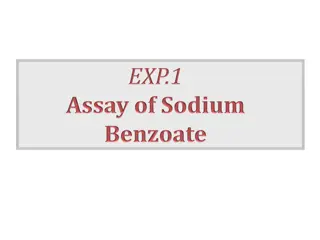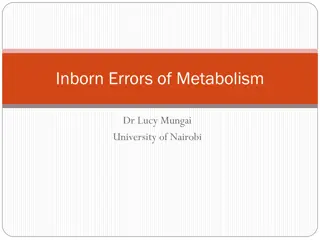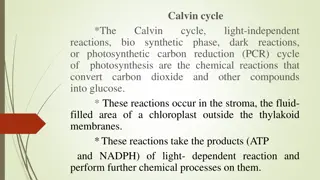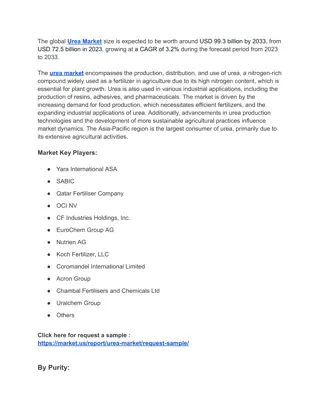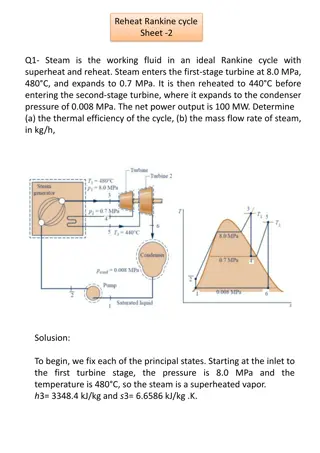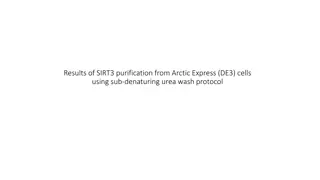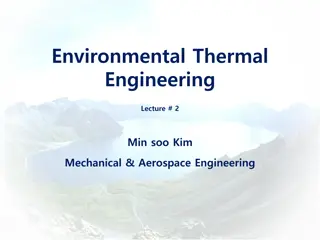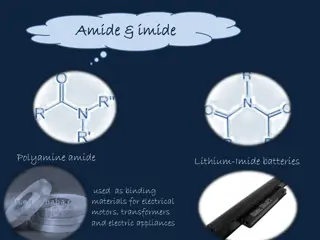
the Urea Cycle and Ammonia Metabolism
Explore the intricate process of the urea cycle and the disposal of amino groups derived from amino acids. Discover the crucial role of the liver in converting ammonia to urea, along with the causes and symptoms of hyperammonemia. Dive into the background of amino acid degradation, transamination, and oxidative deamination. Uncover the mechanisms of transport of ammonia from peripheral tissues to the liver for safe disposal. Delve deeper into the biochemistry of nitrogen metabolism for comprehensive understanding.
Download Presentation

Please find below an Image/Link to download the presentation.
The content on the website is provided AS IS for your information and personal use only. It may not be sold, licensed, or shared on other websites without obtaining consent from the author. If you encounter any issues during the download, it is possible that the publisher has removed the file from their server.
You are allowed to download the files provided on this website for personal or commercial use, subject to the condition that they are used lawfully. All files are the property of their respective owners.
The content on the website is provided AS IS for your information and personal use only. It may not be sold, licensed, or shared on other websites without obtaining consent from the author.
E N D
Presentation Transcript
Urea Cycle Urea Cycle By By Rana Hasanato, MD Medical Biochemistry Unit, Path. Dept. College of Medicine, King Saud University
Objectives: Objectives: Identify the major form for the disposal of amino groups derived from amino acids Understand the importance of conversion of ammonia into urea by the liver Understand the reactions of urea cycle Identify the causes and manifestations of hyperammonemia, both hereditary and acquired
Background: Background: Unlike glucose and fatty acids, amino acids are not stored by the body. Amino acids in excess of biosynthetic needs are degraded. Degradation of amino acids involves: Removal of -amino group Ammonia (NH3) Remaining carbon skeleton Energy metabolism
Background: Background:Removal of Removal of - -amino group amino group Amino groups of amino acids are funneled to glutamate by transamination reactions with - ketoglutarate Oxidative deamination of glutamate will release NH3 and re-generate -ketoglutarate Glutamate is unique. It is the only amino acid that undergoes rapid oxidative deamination
Background: Background:Transamination Transamination
Background: Background:Transamination by ALT Transamination by ALT
Background: Background:Oxidative Deamination Oxidative Deamination Glutamate Glutamate Dehydrogenase NH3 -ketoglutarate
Transport of NH Transport of NH3 3 from peripheral tissues into the liver peripheral tissues into the liver Ammonia is produced by all tissues and the main disposal is via formation of urea in liver from Blood level of NH3 must be kept very low, otherwise, hyperammonemia and CNS toxicity will occur (NH3 is toxic to CNS) To solve this problem, NH3 is transported from peripheral tissues to liver via formation of: Glutamine (most tissues) Alanine (muscle)
Transport of NH Transport of NH3 3 from peripheral tissues into the liver peripheral tissues into the liver from Cont D Cont D From most peripheral tissues: NH3 is transported Into the liver through forming glutamine by glutamine synthetase
Transport of NH Transport of NH3 3 from peripheral tissues into the liver peripheral tissues into the liver from Cont D Cont D From the muscle: First, NH3 will be transferred into -ketoglutarate to form glutamate Then, glutamate will give its amino group to pyruvate to form alanine by ALT Therefore, NH3 is transported from muscle into the liver through forming alanine
Fate of glutamine and alanine Fate of glutamine and alanine in the liver in the liver In the Liver: 1. Glutamine is converted into glutamate by glutaminase. 2. Alanine will give its amino group to -ketoglutarate to form glutamate by ALT. 1 3 2 3. Glutamate is converted into -ketoglutarate and releasing NH3 by glutamate dehydrogenase. NH3 is transported by glutamine and alanine into liver where both will release NH3 inside the liver to start urea cycle
Summary Transport of NH3 from peripheral tissues (in the form of glutamine and alanine) into the liver and the release of NH3 back in the liver to start the urea cycle
Urea Cycle Urea Cycle Urea is the major form for disposal of NH3 Urea cycle occurs in the liver One nitrogen of urea is from NH3 and the other nitrogen from aspartate Urea is transported in the blood to the kidneys for excretion in urine
Urea Cycle Urea Cycle CONT D The five enzymes of urea cycle: Carbamoyl phosphate synthetase I Ornithine transcarbamoylase (OCT) Argininosuccinate synthase Argininosuccinate lyase Arginase
Fate of Urea Fate of Urea Urea Kidneys and excreted in urine Blood Urease Intestine NH3 + CO2 Reabsorbed into blood Lost in feces The action of intestinal urease to form NH3 is clinically significant in renal failure: Urease Renal failure Blood urea Urea to intestine NH3 blood level (Acquired hyperammonemia)
Sources of Ammonia Sources of Ammonia Sources: Amino acids Glutamine Bacterial urease in intestine Amines e.g., catecholamines Purines & pyrimidines
Sources and Fates of Ammonia Sources and Fates of Ammonia Normal blood level of ammonia: 5 50 mol/L
Hyperammonemia Hyperammonemia Acquired hyperammonemia: 1. Liver diseases: Acute: Viral hepatitis or hepatotoxic Chronic: Cirrhosis by hepatitis or alcoholism 2. Renal failure Inherited hyperammonemia: Genetic deficiencies of any of the 5 enzymes of urea cycle
Inherited Hyperammonemia Inherited Hyperammonemia Ornithine transcarbamoylase deficency: X-linked recessive Most common of congenital hyperammonemia Marked decrease of citrulline and arginine Others: Autosomal recessive
Clinical Presentation of Hyperammonemia Clinical Presentation of Hyperammonemia Lethargy and somnolence Tremors Vomiting and cerebral edema Convulsions Coma and death

